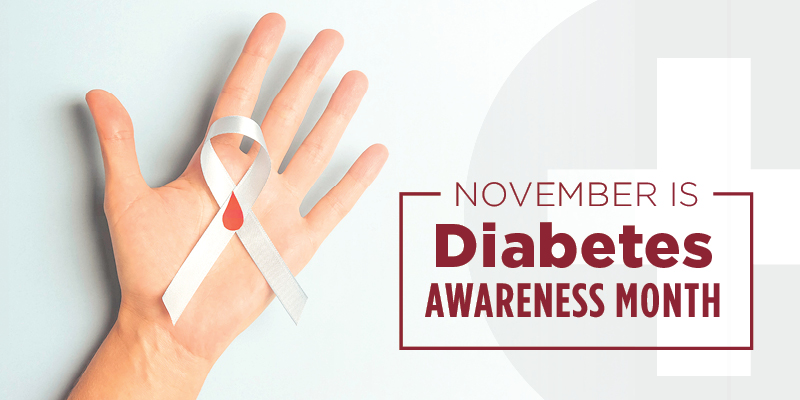Diabetes is a chronic disease that develops when your body either does not make insulin or cannot use the insulin it produces. Insulin is a hormone created by the pancreas and helps the body to pass glucose (sugar) from our food into the bloodstream to be used by the body. When this process doesn’t work properly, the glucose level in your bloodstream rises (called hyperglycemia). When this happens repeatedly over a long period of time, it damages the tissues and organs in the body, resulting in the many health issues that diabetics face. But did you know that there is more than one type of diabetes?
Type 1 Diabetes:

Type 1 diabetes is the less-common variety, affecting around 10% of people with diabetes. Onset can occur at any age, but Type 1 usually develops in children or young adults. This type of diabetes is a result of an autoimmune reaction in which the body attacks the pancreatic cells that produce insulin. We aren’t entirely sure what causes Type 1 diabetes, but it is thought to be a combination of genetic and environmental factors. Type 1 diabetes is often managed with insulin injections, monitoring of blood sugar levels, and maintaining a healthy diet and exercise.
Type 2 Diabetes:

Type 2 diabetes is more common in adulthood (so much so that it was named ‘adult-onset diabetes’ for a while, though it is occurring more and more often in young adults and children now) and affects the other 90% of diabetes patients. Type 2 diabetes is caused by insulin resistance in the body when the body stops responding to insulin. Over time, this can wear out the pancreas, causing it to produce less insulin and creating a permanent issue with blood sugar levels. Type 2 diabetes is linked to obesity, inactivity, and poor diet. Lifestyle and diet are the most impactful on the prevention of Type 2 diabetes, with research indicating that a healthy diet and exercise can prevent up to 80% of Type 2 diabetes cases. A healthy diet and exercise are also the most common starting places for management. Sometimes medication is necessary to maintain glucose levels.
Gestational Diabetes:

Most women who have been pregnant in the US have had the joy of taking a glucose test to determine if they have gestational diabetes. Gestational diabetes is associated with multiple adverse outcomes for both mother and baby, and it places both mother and child at a higher risk for developing Type 2 diabetes in the future. Women who get pregnant later in life are at a higher risk for high blood glucose during pregnancy, with the highest risk for those who are over the age of 45.
Diabetes complicates nearly every aspect of an individual’s health and makes the treatment of injuries and other conditions more difficult. It’s important to know the risk factors for diabetes and maintain a healthy diet and lifestyle in order to minimize the risk of diabetes or potential impacts from your diabetes.

